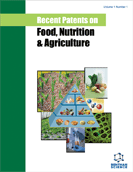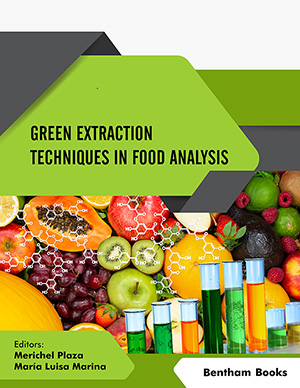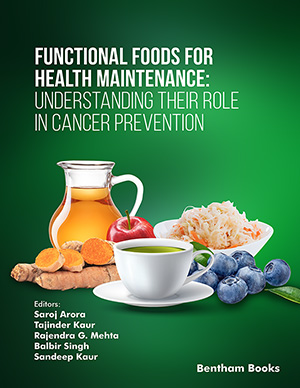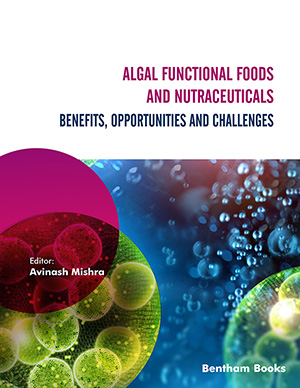Abstract
Biogenic amines (BAs) are basic molecules present in food formed by decarboxylation of aminoacids of proteins. They have a particular profile from a toxicological point of view, and the intake of food with high presence of BAs can generate various problems and allergic responses. Due to the importance of their toxicological aspects, BAs are considered as an important indicator of freshness and quality of food, through the evaluation of specific indices that take into account their concentration in food, i.e., Biogenic Amine Index (BAI) or the ratio spermidine/spermine (SPD/SPM). Many foods can be contaminated by the high levels of BAs as meat, cheese, fish, beer, wine and baby foods, and no regulation exists by EFSA or FDA except for histamine in fish. The analytical methodologies used for the detection of the BAs in food are normally based on a primary step of sample preparation (extraction and purification) and then on a second step of instrumental analysis that uses high performance liquid chromatography (HPLC) or gas chromatography (GC) coupled to various detectors as diode array detector (DAD), fluorescence detector (FD), mass spectrometry (MS) and tandem mass spectrometry (MS/MS). Also capillary electrophoresis (CE) has been used for the analysis of BAs in food. This chapter describes an overview on the presence of BAs in foods and the most important analytical strategies for their analysis and detection.
Keywords: Biogenic amines, CE, DAD, Derivatization, FD, GC, HPLC, MS proteic food, Sample preparation, Shelf life markers.



















